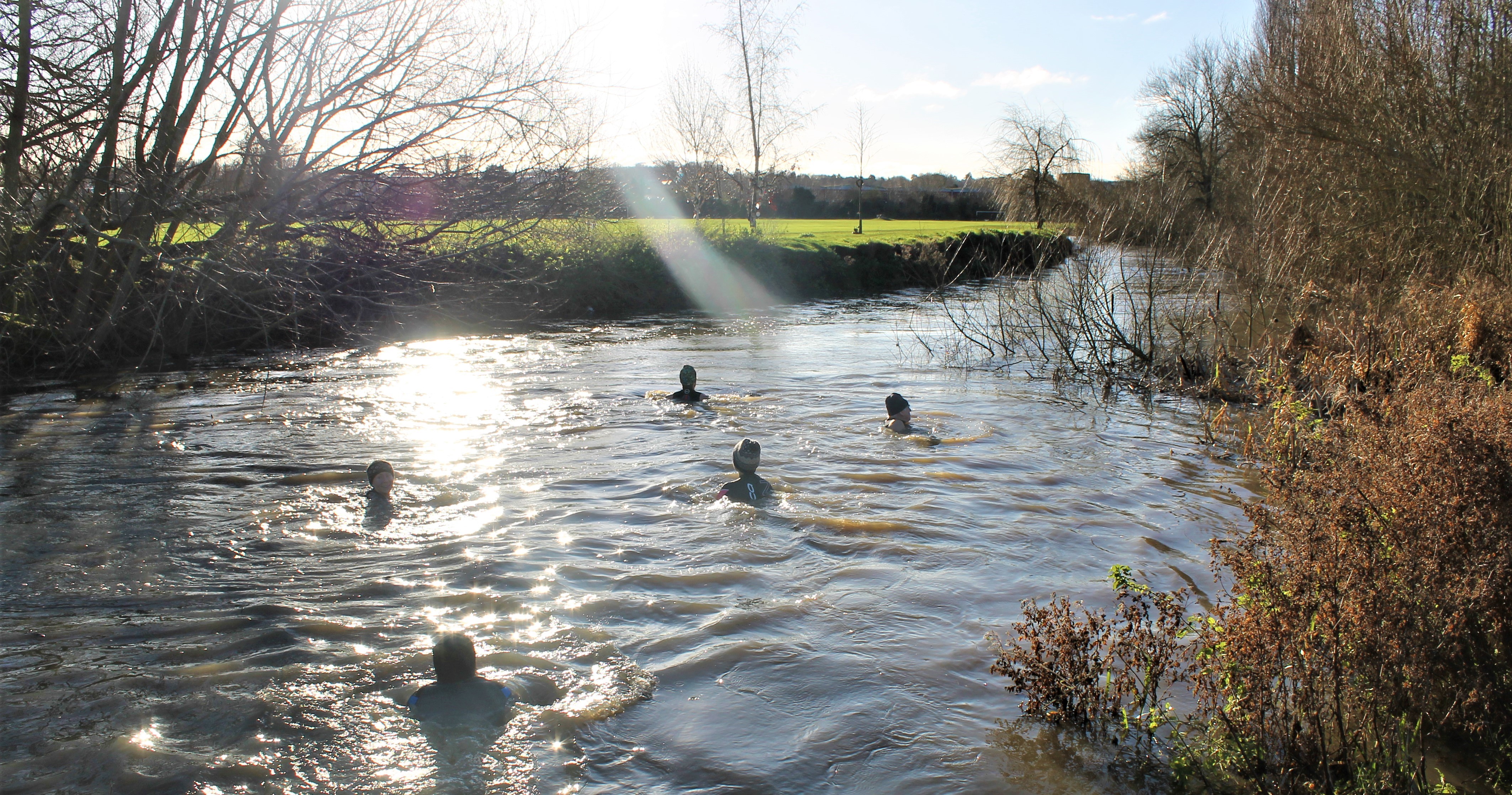River Swimming Through Uncertainty
Pandemic Immersions in a Therapeutic Chalkscape
—
Published: 26 April 2023
River
Swimming
Pandemic
Uncertainty
Immersion
Minerality
https://doi.org/10.17157/mat.10.1.7045
Abstract
In this Field Note, I share my experiences of an immersive period of ethnography undertaken with river swimmers in and along the River Beane and River Lea in the county town of Hertford, South-East England, from July 2020 until January 2021. As well as my personal experiences of being a swimmer, I include insights and observations from those I swam alongside to reflect on the feeling of wellbeing that river swimming instills in those dipping, swimming, and ‘dwelling’ in their local rivers. I use these insights to expand the notion of therapeutic landscapes, noting not only their temporality during a pandemic period of uncertainty and disconnection but also their minerality. I explore how therapeutic connections and closer relations between humans, non-humans and rivers, all watered by the same chalk aquifer, might be framed through the connective substance of chalk.
